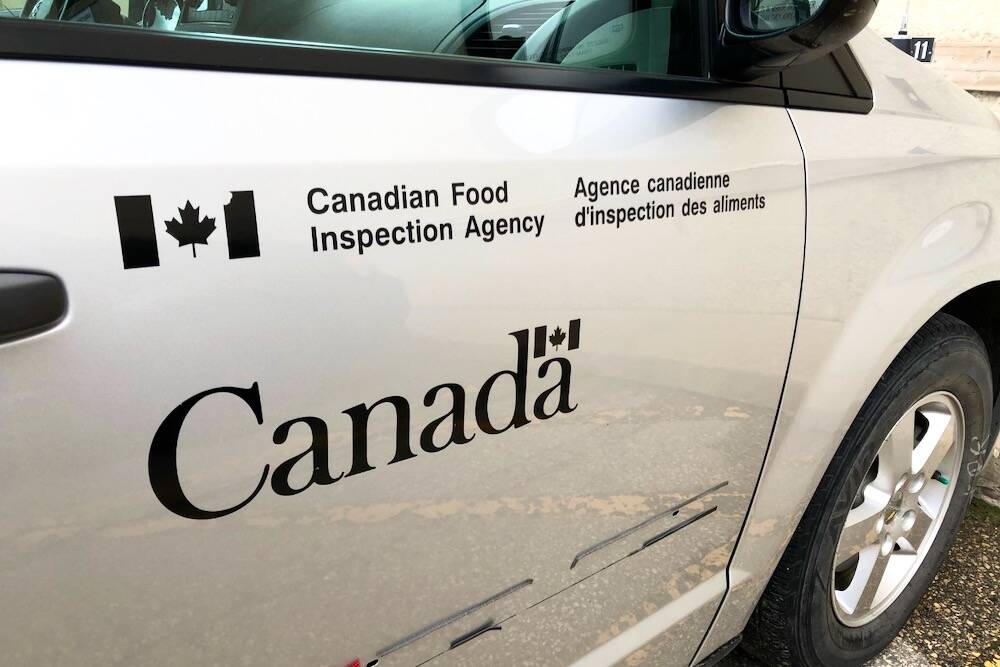Canada’s agri-food sector needs to make clear to the federal government that solving its labour issues ties into economic and nation-building plans, industry insiders say.
“I think we need to find our hook in some of those core government priorities,” said Brodie Berigan, the Canadian Federation of Agriculture’s (CFA) senior director of government relations and farm policy.
Berigan spoke alongside Food and Beverage Canada CEO Kristina Farrell and Canadian Agricultural Human Resources Council (CAHRC) executive director Jennifer Wright in a webinar on June 26.
Read Also

B.C. ostriches now to be culled after ruling: CFIA
Birds are now to be culled from a British Columbia ostrich operation that sought to bypass standard federal practice in on-farm outbreaks of highly pathogenic avian influenza and has been denied an appeal at Canada’s highest court.
Large financial commitments to things like defense and housing could draw away workers from an already strained agriculture and food labour force, Wright said.
The sector should look at how its priorities fit into the government’s mandate and use that as an entry point for advocacy, Berigan said.
Prime Minister Mark Carney set seven priorities in his mandate letter earlier this year, including building “one Canadian economy” by removing barriers to interprovincial trade, establishing a new economic and security relationship with the U.S., strengthening the Canadian Armed Forces, and making housing more affordable.
The mandate letter also mentioned “attracting the best talent in the world” while balancing immigration rates.
It’s hard to know what this means, Berigan said. He speculated this could be targeted at Americans who are feeling insecure in their job and who may be interested to move to Canada.
Need to build consensus
The Agri-food sector needs also needs to agree on what it needs so it can present a unified voice to the government.
“When you are the government, and you have a diverse set of stakeholders who are calling for different things, it’s very easy to do nothing,” Berigan said.
More than 100 members of the agriculture and food sector met for a summit on June 11 and 12 in Toronto. Berigan said the need to strengthen employers’ human resource capacity came up a lot—specifically, the need to support employers to build capacity around tech solutions and a labour pool that will increasingly rely on technology to drive productivity.
The sector also needs to identify its skills gaps, said Farrell. Berigan said the need for a “skills gap map” came up at the summit. The government already has some of this data, but needs to hear it from the industry.
Programs in flux
The federal government is at the beginning of a new mandate and structuring its priorities, Berigan said. A lot of programs are in flux, including the Temporary Foreign Worker Program.
The sector needs to clearly articulate the advantage of pursuing a multi-pronged approach like the National Workforce Strategic Plan that the CFA, CAHRC and Food and Beverage Canada have developed, he added. It also needs some sense as to how it will implement it.
“I think the clock is definitely ticking,” Berigan said.
“Unless we’re in there, able to articulate the value and the role of these types of strategies and the importance of them, decisions are going to be made without us.”












